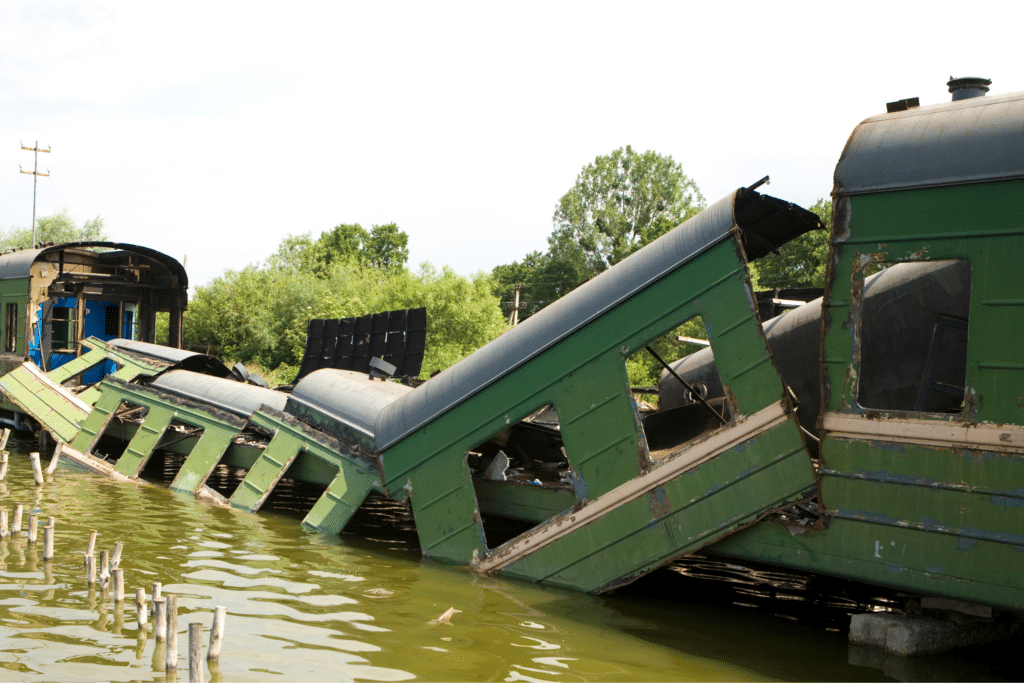Free Consultation
Free Consultation

Train accidents can have devastating consequences, resulting in serious injuries, fatalities, and significant property damage. In New York, a state with a vast and complex railway system, understanding the root causes of train accidents is essential for preventing future incidents and ensuring the safety of passengers and railroad workers alike. This blog aims to delve into the underlying factors contributing to train accidents in New York, including equipment failure, signal errors, and human error. By uncovering these root causes, we can gain valuable insights into prevention strategies and legal recourse for those affected by train accidents.
New York’s railway system is one of the busiest and most extensive in the United States, encompassing commuter trains, freight trains, and intercity passenger rail services. The state’s railway infrastructure includes thousands of miles of track, numerous stations, and a diverse fleet of locomotives and railcars. With such complexity comes a multitude of potential risks and challenges that must be managed to ensure the safe and efficient operation of trains throughout the state.
Implementing robust maintenance programs for railway equipment and infrastructure can help prevent accidents caused by equipment failure. Regular inspections, repairs, and upgrades can identify and address potential hazards before they result in accidents.
Embracing advanced technology, such as predictive maintenance systems, positive train control (PTC), and collision avoidance technologies, can enhance the safety and efficiency of railway operations. These technological solutions can help detect and mitigate potential risks in real time.
Investing in comprehensive training programs for railway personnel and implementing effective oversight mechanisms can reduce the likelihood of accidents caused by human error. Proper training, ongoing education, and adherence to safety protocols are essential for promoting a culture of safety within the industry.
Individuals injured in train accidents may be entitled to pursue personal injury claims against responsible parties, such as railway companies, equipment manufacturers, or maintenance contractors. Compensation may be available for medical expenses, lost wages, pain and suffering, and other damages.
In cases where train accidents result in fatalities, surviving family members may pursue wrongful death lawsuits to seek compensation for their loss. Damages may include funeral expenses, loss of financial support, and emotional distress.
Conducting thorough investigations into the causes of train accidents is crucial for determining liability and holding responsible parties accountable. Legal experts, including personal injury lawyers and accident reconstruction specialists, can assist in gathering evidence and building strong cases on behalf of accident victims.
In the aftermath of a train accident, consulting with an experienced personal injury lawyer is essential for protecting one’s rights and pursuing fair compensation. A knowledgeable attorney can provide guidance on legal options, advocate on behalf of the injured party, and navigate the complexities of personal injury claims.
Train accidents in New York can have catastrophic consequences, highlighting the need for comprehensive safety measures and effective legal recourse for victims. By uncovering the root causes of train accidents, implementing prevention strategies, and seeking legal representation when needed, we can work towards a safer and more secure railway system for all.